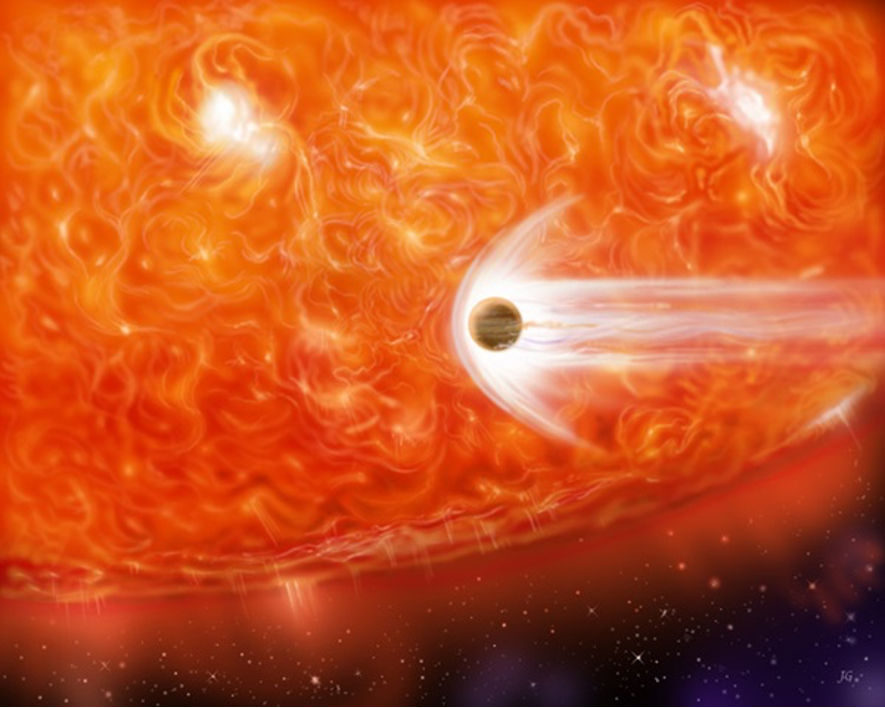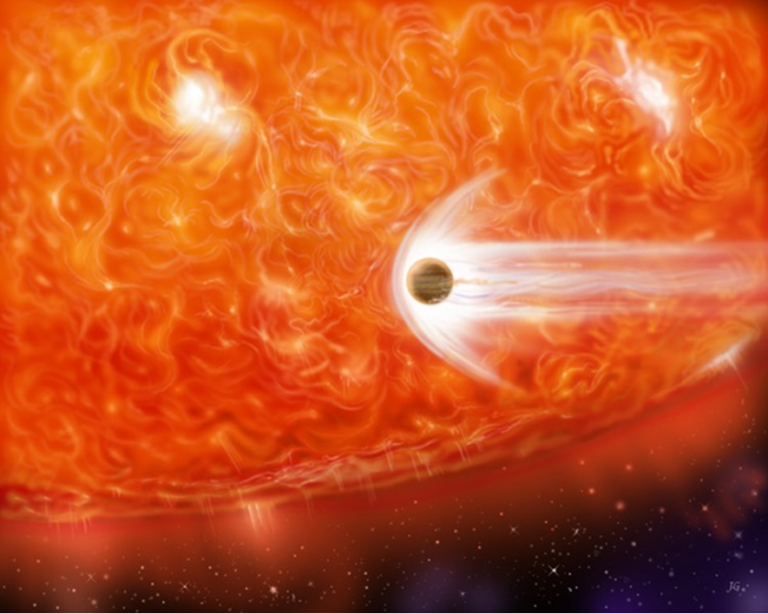Year 2018, Ministry of Science and Innovation, PGC2018-101950-B-I00, Universidad Autónoma de Madrid
Principal Investigator: Eva Villaver
With thousands of exoplanets discovered in the last two decades, the problem of the formation and evolution of planetary systems is one of the current hot topics in stellar and planetary physics. Although the main mechanisms involved are reasonably understood from a qualitative point of view, there are still many questions that need to be answered from more quantitative and/or theoretical perspectives.

The coalescence of solid particles orbiting pre-main-sequence stars in a protoplanetary disc leads to the growth of dust grains that give rise to the formation of pebbles and rocks, and after many collisions and encounters, to kilometre-sized planetesimals and eventually planets and asteroids. During the main sequence, the process is reversed and violent collisions of planetesimals give rise to pebbles and grains of typical sizes smaller than a micron, creating what are known as debris discs. The evolution of stars outside the main sequence causes in certain architectures planets to be engulfed by the evolved star, the potential disintegration of planets/asteroids around white dwarfs – such a phenomenon has already been observed – and the presence of planets around pulsars. All these raise interesting issues that deserve to be studied.
The proposal is divided into three main objectives: A) Planet formation, planet detection, and asteroids; B) Disk evolution; and C) Stars. The history of planet formation is literally written in stones, therefore, the project we propose involves problems related to circumstellar material in its different forms: disks, dust, asteroids, planetesimals, (proto)planets, exocomets…. More specifically, and within the three areas mentioned above, we intend i) to explore the possibility of the formation of second generation planets and asteroids around evolved stars and their timescales; ii) to estimate the frequency of free-falling bodies/asteroids evaporating in the vicinity of main sequence stars; iii) to study the dynamical evolution of exocomets around main sequence stars and white dwarfs to try to understand the properties of planets that cannot be detected and the deposition of organic material on planets; iv) detect forming planets in pre-main-sequence disks and continue the fruitful searches for planets around evolved stars that we have been conducting for several years; v) derive the metallicity, size, accretion, dust growth and lifetime of disks around pre-main-sequence stars; and vi) perform a complete spectral characterisation of the stars under study.







